Filter by
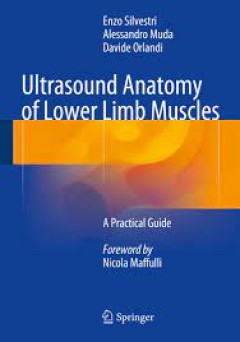
Ultrasound Anatomy of Lower Limb Muscles A Practical Guide
The book provides a comprehensive description of the basic ultrasound principles, normal anatomy of the lower limb muscles and classification of muscle strain injuries. Ultrasound images are coupled with anatomical schemes explaining probe positioning and scanning technique for the various muscles of the thigh and leg. For each muscle, a brief explanation of normal anatomy is also provided, tog…
- Edition
- -
- ISBN/ISSN
- 978-3-319-09480-9
- Collation
- -
- Series Title
- -
- Call Number
- -
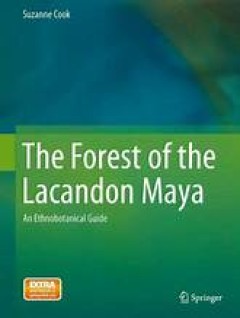
The Forest of the Lacandon Maya
The Forest of the Lacandon Maya: An Ethnobotanical Guide, with active links to audio-video recordings, serves as a comprehensive guide to the botanical heritage of the northern Lacandones. Numbering fewer than 300 men, women, and children, this community is the most culturally conservative of the Mayan groups. Protected by their hostile environment, over many centuries they maintain autonomy fr…
- Edition
- 1
- ISBN/ISSN
- 978-1-4614-9111-8
- Collation
- XXVII, 379, 38 b/w illustrations, 561 illustrations in colour
- Series Title
- -
- Call Number
- -

The Vertebrate Integument Volume 2 Structure, Design and Function
The emphasis in this volume is on the structure and functional design of the integument. The book starts with a brief introduction to some basic principles of physics (mechanics) including Newton’s Three Laws of Motion. These principles are subsequently used to interpret the problems animals encounter in motion. It is in only the last 40 or so years that we have begun to understand how imp…
- Edition
- -
- ISBN/ISSN
- 978-3-662-46005-4
- Collation
- -
- Series Title
- -
- Call Number
- -

The Tree Shrew (Tupaia belangeri chinensis) Brain in Stereotaxic Coordinates
This atlas is currently the most systematic and comprehensive atlas of the tree shrew brain. The purpose of this book is to help scientists acquire accurate coordinates of the brain regions of the tree shrew, which is becoming a popular animal model for a variety of human diseases. This atlas contains series of 192 coronal sections, 36 sagittal sections, and 49 horizontal sections using Nissl s…
- Edition
- -
- ISBN/ISSN
- 978-981-10-0611-1
- Collation
- -
- Series Title
- -
- Call Number
- -

The Traditional Ecological Knowledge of the Solega A Linguistic Perspective
This book covers the ethnobiology and traditional ecological knowledge (TEK) of the Solega people of southern India. Solega TEK is shown to be a complex, inter-related network of detailed observations of natural phenomena, well-reasoned and often highly accurate theorizing, as well as a belief system, derived from cultural norms, regarding the relationships between humans and other species on t…
- Edition
- -
- ISBN/ISSN
- 978-3-319-24681-9
- Collation
- -
- Series Title
- -
- Call Number
- -
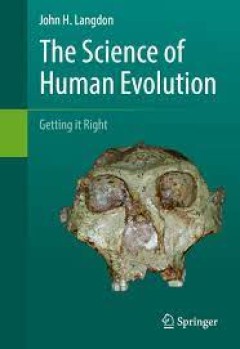
The Science of Human Evolution Getting it Right
This textbook provides a collection of case studies in paleoanthropology demonstrating the method and limitations of science. These cases introduce the reader to various problems and illustrate how they have been addressed historically. The various topics selected represent important corrections in the field, some critical breakthroughs, models of good reasoning and experimental design, and im…
- Edition
- -
- ISBN/ISSN
- 978-3-319-41585-7
- Collation
- -
- Series Title
- -
- Call Number
- -
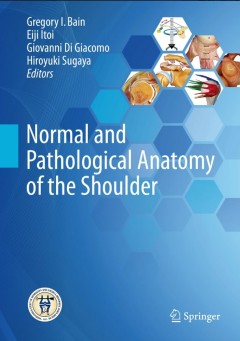
Normal and Pathological Anatomy of the Shoulder
This cutting-edge monograph on advanced clinical anatomy and pathoanatomy of the shoulder, written by the world’s leading authors, reflects recent significant advances in understanding of anatomy and pathology. It is beautifully illustrated with exquisite photographs of anatomical specimens, and images from arthroscopy, histology, and radiology complete the picture. The accompanying text b…
- Edition
- 1
- ISBN/ISSN
- 978-3-662-45718-4
- Collation
- XI, 424
- Series Title
- -
- Call Number
- -
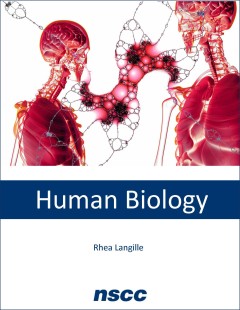
NSCC Human Biology
In this survey text, directed at those not majoring in biology, we dispel the assumption that a little learning is a dangerous thing. We hope that by skimming the surface of a very deep subject, biology, we may inspire you to drink more deeply and make more informed choices relating to your health, the environment, politics, and the greatest subject that are all of us are entwined in, life itself.
- Edition
- -
- ISBN/ISSN
- -
- Collation
- -
- Series Title
- -
- Call Number
- 570 LAN n
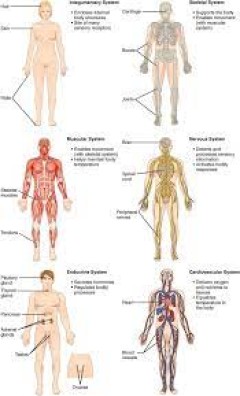
Human Anatomy and Physiology Preparatory Course
The overall purpose of this preparatory course textbook is to help students familiarize with some terms and some basic concepts they will find later in the Human Anatomy and Physiology I course. The organization and functioning of the human organism generally is discussed in terms of different levels of increasing complexity, from the smallest building blocks to the entire body. This Anatomy an…
- Edition
- -
- ISBN/ISSN
- -
- Collation
- -
- Series Title
- -
- Call Number
- 611 LIA h
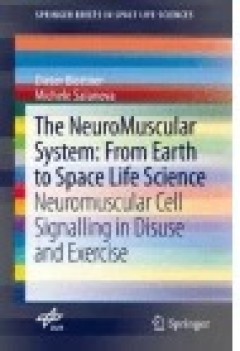
The NeuroMuscular System: From Earth to Space Life Science
The book provides fundamental new insights in the structure and function of the healthy NeuroMuscular system. Recent findings suggest that the musculoskeletal system that supports movement control on Earth is controlled by unique principles of structural, biochemical and molecular characteristics. Mechanical loading by working against normal gravity helps to support principal structures in bon…
- Edition
- -
- ISBN/ISSN
- 978-3-319-12298-4
- Collation
- XIV, 92
- Series Title
- SpringerBriefs in Space Life Sciences
- Call Number
- -
 Computer Science, Information & General Works
Computer Science, Information & General Works  Philosophy & Psychology
Philosophy & Psychology  Religion
Religion  Social Sciences
Social Sciences  Language
Language  Pure Science
Pure Science  Applied Sciences
Applied Sciences  Art & Recreation
Art & Recreation  Literature
Literature  History & Geography
History & Geography